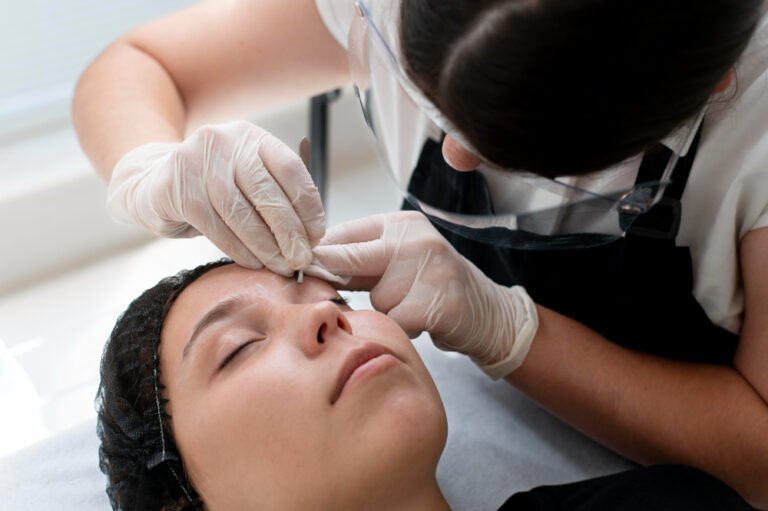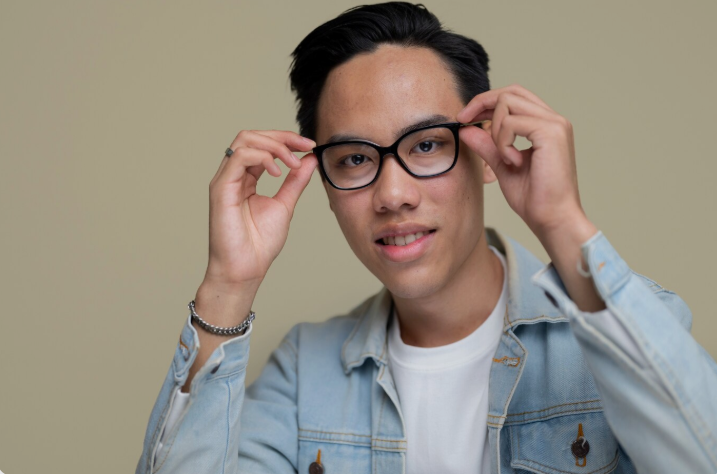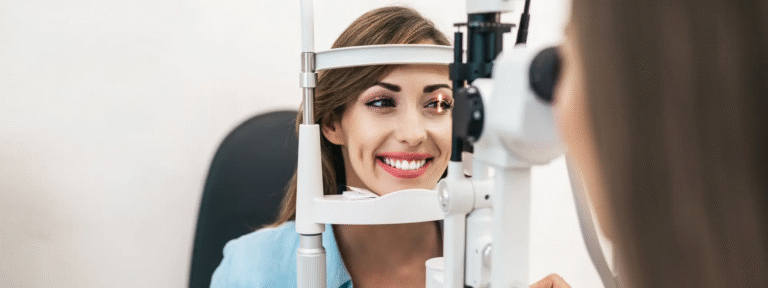Nose thread lift procedures have become one of the most popular non-surgical cosmetic treatments in South Korea—and globally—for enhancing nose contours without incisions or downtime. But like any medical procedure, it’s essential to understand the risks, side effects, and how to ensure safety, especially if you’re considering traveling abroad for treatment.
In this post, we’ll explore how safe the nose thread lift truly is, potential side effects, and expert tips to minimize risks and maximize results.
✅ What Is a Nose Thread Lift?
A nose thread lift is a minimally invasive procedure where biodegradable threads—typically made of PDO (Polydioxanone), PLLA (Poly-L-Lactic Acid), or PCL (Polycaprolactone)—are inserted under the skin to lift and define the nose bridge and tip.
Unlike surgical rhinoplasty, this technique:
- Requires no incisions
- Is done under local anesthesia
- Offers immediate results
- Has minimal recovery time
🔎 Is It Safe?
Yes—when performed by a qualified doctor, a nose thread lift is generally safe. South Korea is considered one of the safest countries for this procedure due to its:
- World-class cosmetic surgeons
- Regulated aesthetic industry
- State-of-the-art clinics
- Use of premium KFDA- and FDA-approved threads
However, it’s crucial to be aware of potential side effects and safety measures to make an informed decision.
⚠️ Common Side Effects (Short-Term)
Most patients may experience mild side effects that resolve within a few days. These include:
1. Swelling and Bruising
- Common and temporary
- Usually subsides within 3–5 days
2. Tenderness or Soreness
- Especially around the nose bridge or tip
- Can be managed with cold compress and pain relievers
3. Redness or Slight Bleeding
- Occurs at the entry points where the threads are inserted
- Clinics often apply a soothing cream or LED therapy afterward
⚠️ Less Common But Possible Complications
These are rare but should be taken seriously:
1. Infection
- Caused by poor hygiene during the procedure
- Avoided by sterile techniques and following post-care instructions
2. Thread Visibility or Extrusion
- When threads migrate or become visible under thin skin
- Happens if threads are placed too superficially or if low-quality threads are used
3. Asymmetry or Overcorrection
- Occurs when threads are unevenly placed or excessive threads are used
- Highlighting the need for experienced doctors with aesthetic balance
4. Skin Dimples or Irregularities
- Temporary in most cases
- Usually corrected by light massage or minor adjustments
🧑⚕️ How to Ensure Safety
Choosing the right clinic and doctor is key to reducing risks. Here’s how:
✔️ 1. Choose a Licensed, Reputable Clinic
Look for clinics with:
- KMC-certified plastic surgeons or dermatologists
- Proven experience with thread lifts
- Positive reviews from international patients
✔️ 2. Ask About Thread Materials
Insist on:
- KFDA/FDA-approved PDO, PLLA, or PCL threads
- Branded products from trusted manufacturers (e.g., Mint, Y-KO, Aptos)
✔️ 3. Know the Procedure Plan
Before the treatment, the doctor should:
- Conduct a facial analysis
- Explain the insertion points and expected outcomes
- Discuss potential risks and aftercare
✔️ 4. Follow Aftercare Instructions
Post-treatment care is crucial:
- Avoid heavy exercise, sauna, or makeup for 24–48 hours
- Sleep with your head elevated
- Don’t touch or press the nose unnecessarily
🧳 For International Patients: What to Prepare
Traveling to Korea for a thread lift? Consider these tips:
- Schedule a few extra days in Seoul for consultation and recovery
- Choose clinics with English-speaking staff and international coordinators
- Verify your doctor’s credentials
- Review before-and-after cases from real patients
📝 Final Thoughts
The nose thread lift is considered a low-risk, high-reward procedure when done properly. While no cosmetic treatment is 100% free from side effects, choosing an experienced doctor, a hygienic clinic, and following proper aftercare will significantly reduce your risks.
In South Korea, where precision and safety are paramount, patients can expect world-class care with impressive results—without going under the knife.




